AROUND the AFL there is one rule that has stood the test of time: Always listen to talkback radio after one of the South Australian-based teams gets on a losing streak.
Port Adelaide is 0-4. Add two opening losses in the SANFL and it is far from the start imagined internally or externally during the summer that was tracking well ...until late January when key forward Charlie Dixon tore ligaments in his left ankle after landing awkwardly on a team-mate at training.
Talkback radio after Port Adelaide losses is loaded with very edgy calls from genuine fans ... and a few unvetted opportunists. Those who are the real deal in teal are gripped by frustration. Their want to vent with reasoned views (rather than uncontrolled rage) on a public forum - which now extends to social media, blog sites and forums - is actually an encouraging sign: It shows they care.
The day the switchboards go silent for post-game talkback is the day to be genuinely concerned ... as the Port Adelaide Football Club was in that so-called "dark chapter" era of 2010-2012 when the team's on-field woes was overshadowed by off-field crises around debt, the future of the club's AFL licence and the battle to get away from Football Park to "return home" to a remodelled Adelaide Oval.
It is a different Port Adelaide Football Club today.
"We know they are a really strong footy club," said Melbourne premiership coach Simon Goodwin on Thursday night at Adelaide Oval. The former Adelaide captain finished his playing career in 2010 when starkly contrasting views were building on the Port Adelaide Football Club.
Today, it is a football club amid growth - with a new senior team, for the AFLW, to take the field from late August; the new Precinct at Alberton Oval is to emphasise this growth.
It is a football club wanting to move on from a "sustainable business model" to have a powerful balance sheet clear of unwanted debt.
In contrast to 2010-2012, there is a fully funded football program at Alberton, albeit working to the challenges and cutbacks imposed across the league by the COVID pandemic.
It is a better football club for having fans who care ... even if they are understandably frustrated with a 0-4 win-loss count in the first month of AFL action.
So why have the on-field results taken Port Adelaide back to the "dark chapter" to rewrite the dubious records for low scoring written on a Friday night at West Lakes against Collingwood in 2011 (on a night when AFL premiership captain Warren Tredrea sought then AFL chief executive Andrew Demetriou on the telephone to express his fears on the club's future)?
"It's too simplistic to just put it down to one or two things," says Port Adelaide senior coach Ken Hinkley.
Emotional scars from the home preliminary final loss to the Western Bulldogs last year? There might be something in that - and not just for Port Adelaide. The Western Bulldogs are 1-3, have the goalkicking yips (with a 40.53 count to match Port Adelaide's 34.49) ... and might have scars from being overwhelmed by Melbourne in last year's AFL grand final in Perth.
Injuries. "They do have some key personnel out at the moment," noted Goodwin on Thursday night when Port Adelaide was without Dixon, experienced midfielder-forward Robbie Gray, Essendon recruit Orazio Fantasia and All-Australian defender Aliir Aliir. There is that fine line between "reasons" and "excuses" when a team points to its injury list. Some players are tougher to replace than others, regardless of the progress of a "squad mentality" for depth on a locked player list controlled by a salary cap.
Confidence. "It was our fifth or sixth debutant for the club (in four games with the call to former North Melbourne vice-captain Trent Dumont to replace injured late withdrawal Trent McKenzie on Thursday night)," Hinkley noted. "We can't quite get the continuity of people back, which then can flow into confidence of other players." This was certainly evident with Mitch Georgiades during the third term against Melbourne when the 32-game forward seemed reluctant to kick at goal, or confused. The weight of picking up the expectation Dixon carries as Port Adelaide's main go-to forward is significant.
The list. Port Adelaide's strategy to develop the league best under-24 squad presents great opportunity to Xavier Duursma, Connor Rozee, Zak Butters, Lachie Jones, Jackson Mead, Willem Drew, Miles Bergman, Jed McEntee, Georgiades ... Fast-tracking their development and their ability to live up to expectation is the challenge for the football program. And unlike the 2010-2012 chapter, there is a greater prospect of success.
Hinkley arrived at Alberton - while many others refused to look up the suburb on their electronic street directories - vowing (before he even knew the qualities of his players) that Port Adelaide would "never, ever give up!"
At 0-4 the external script is "Port Adelaide is done". North Melbourne made a 0-4 start in 1975 and won the VFL premiership - the club's first - after finishing the home-and-away series at 14-8 in an era of just five finalists. Sydney rebounded from 0-6 in 2017 to finish the top-eight qualifiers at 14-8 and played two finals, losing to Geelong in the AFL semi-finals.
There was much to admire on Thursday night when Hinkley quickly jumped on the history lesson posed in his after-match press conference to say: "It means (we) can (too). Why not? We haven't had everything the way we want, but it's a long season."
And the queue of talkback callers will get longer too. In 2010-2012, frustration became despair. This is, as Goodwin noted on Thursday night, a stronger Port Adelaide Football Club off the field today. The task to be better on the field has a greater chance of success for this change.


